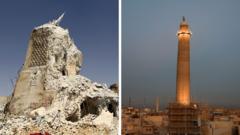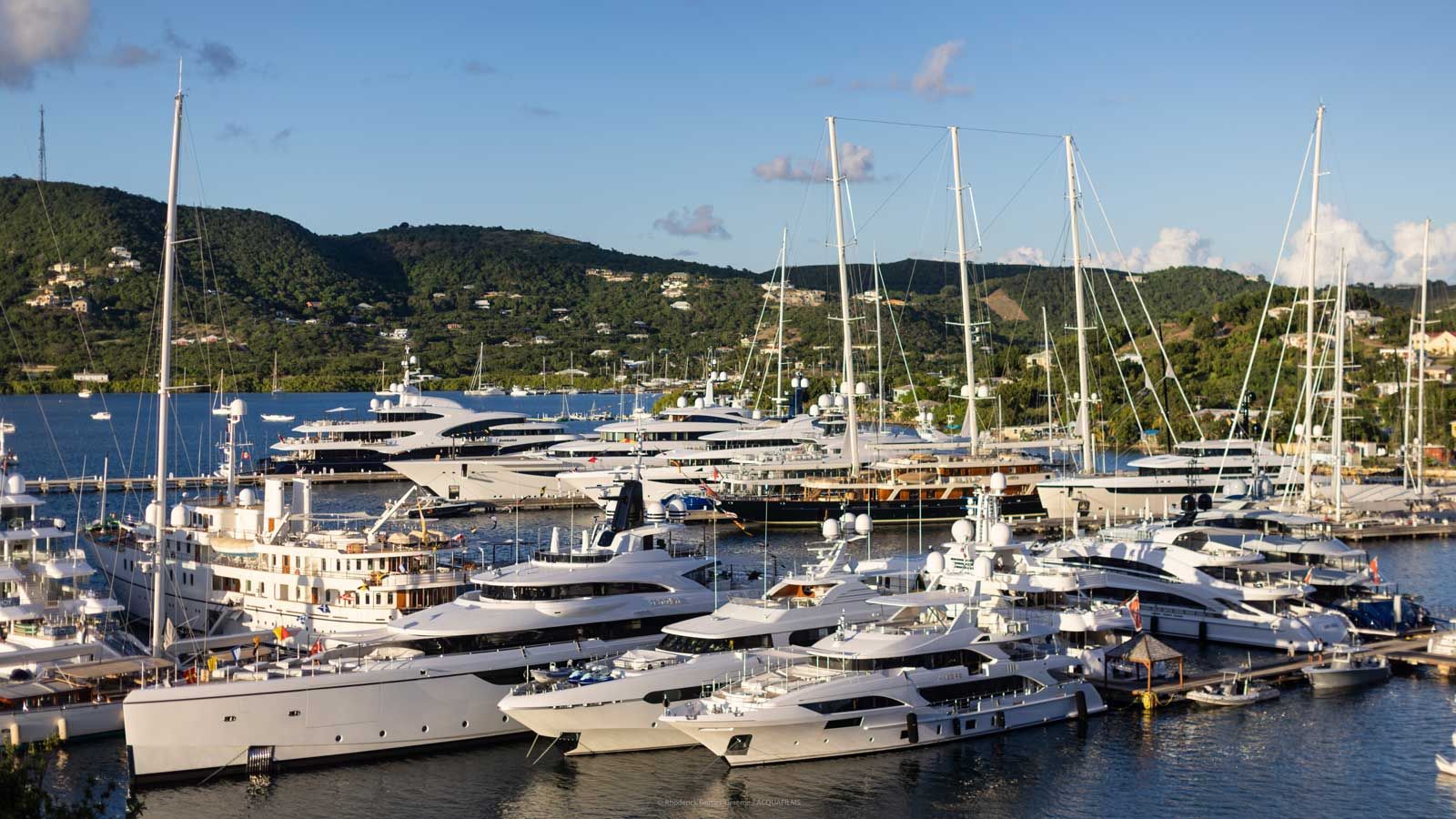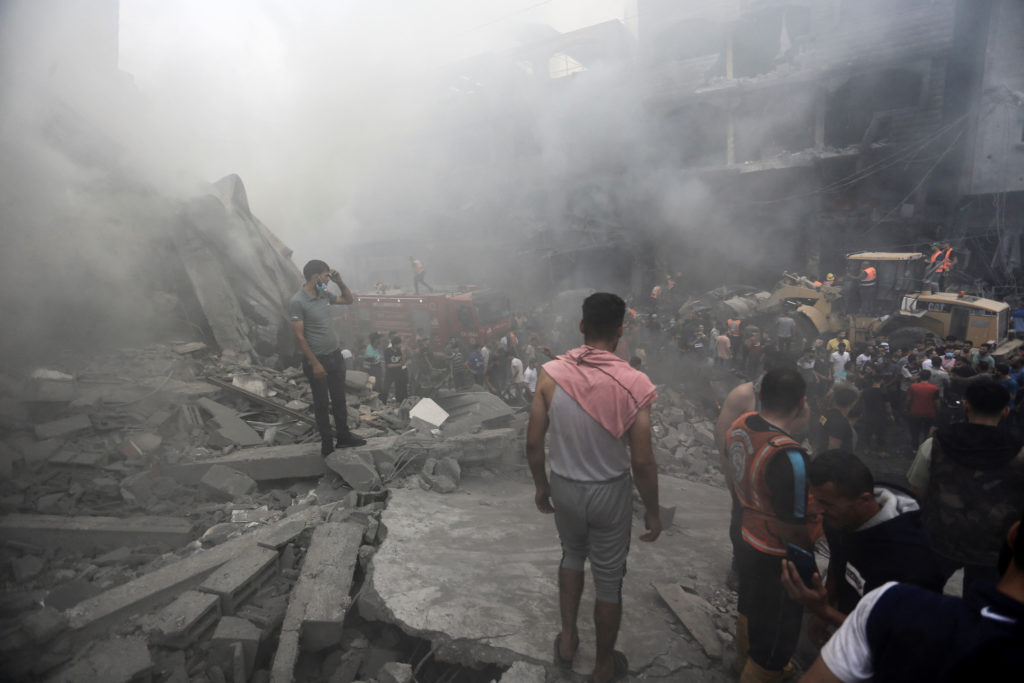The historic city of Mosul, once a symbol of coexistence and tolerance among various religious and ethnic groups, faced severe destruction after being occupied by IS in 2014. The group systematically targeted minorities and imposed its harsh ideology. Following the liberation in 2017, efforts to rebuild the war-torn city began, with over 80% of the Old City destroyed during the occupation.
UNESCO's initiative, which started a year post-liberation, is overseeing the restoration process, with Director-General Audrey Azoulay present at a recent reopening ceremony. The project has a budget exceeding $115 million, sourced mainly from the UAE and the EU. It aims to not just repair the physical damage but also restore the community's trust and spirit, viewed as essential for full recovery.
Father Olivier Poquillon, among the leaders of the restoration efforts, emphasizes collaboration among local residents of various faiths as crucial to rebuilding community ties. The project also has created thousands of jobs and trained over 1,300 young locals in traditional restoration crafts.
Key landmarks like the famous al-Hadba minaret, the al-Nuri mosque, and the al-Tahera Church have been restored. As citizens return to their rebuilt homes, many are filled with hope, witnessing their city transform from ruins to a bustling community once more. Photographer Ali al-Baroodi reflects on this revival as a profound renewal of spirit for a city long held captive by turmoil. As Mosul advances towards healing, the world watches with optimism, eager for the stories of resilience and rebirth that continue to unfold.
UNESCO's initiative, which started a year post-liberation, is overseeing the restoration process, with Director-General Audrey Azoulay present at a recent reopening ceremony. The project has a budget exceeding $115 million, sourced mainly from the UAE and the EU. It aims to not just repair the physical damage but also restore the community's trust and spirit, viewed as essential for full recovery.
Father Olivier Poquillon, among the leaders of the restoration efforts, emphasizes collaboration among local residents of various faiths as crucial to rebuilding community ties. The project also has created thousands of jobs and trained over 1,300 young locals in traditional restoration crafts.
Key landmarks like the famous al-Hadba minaret, the al-Nuri mosque, and the al-Tahera Church have been restored. As citizens return to their rebuilt homes, many are filled with hope, witnessing their city transform from ruins to a bustling community once more. Photographer Ali al-Baroodi reflects on this revival as a profound renewal of spirit for a city long held captive by turmoil. As Mosul advances towards healing, the world watches with optimism, eager for the stories of resilience and rebirth that continue to unfold.



















